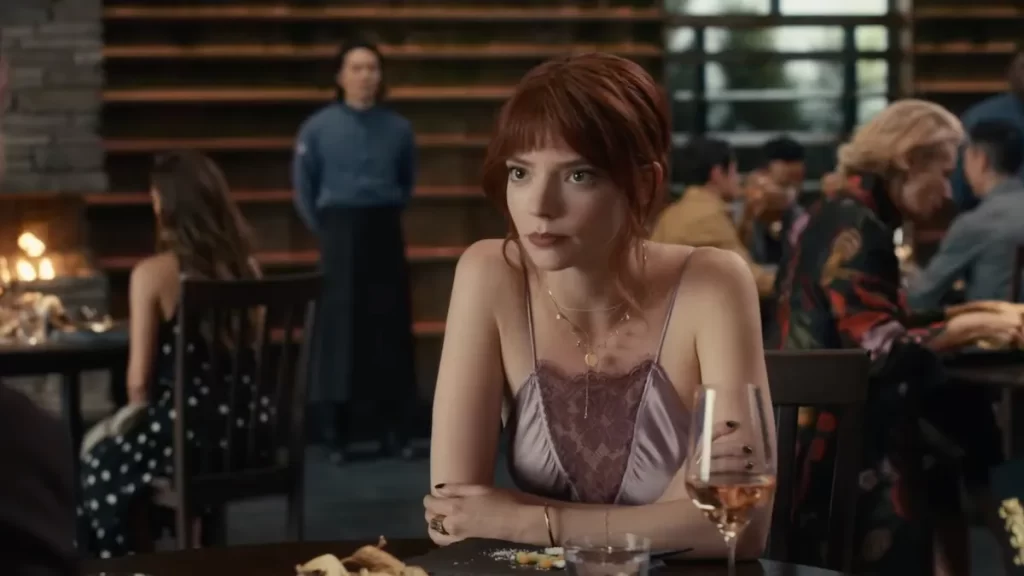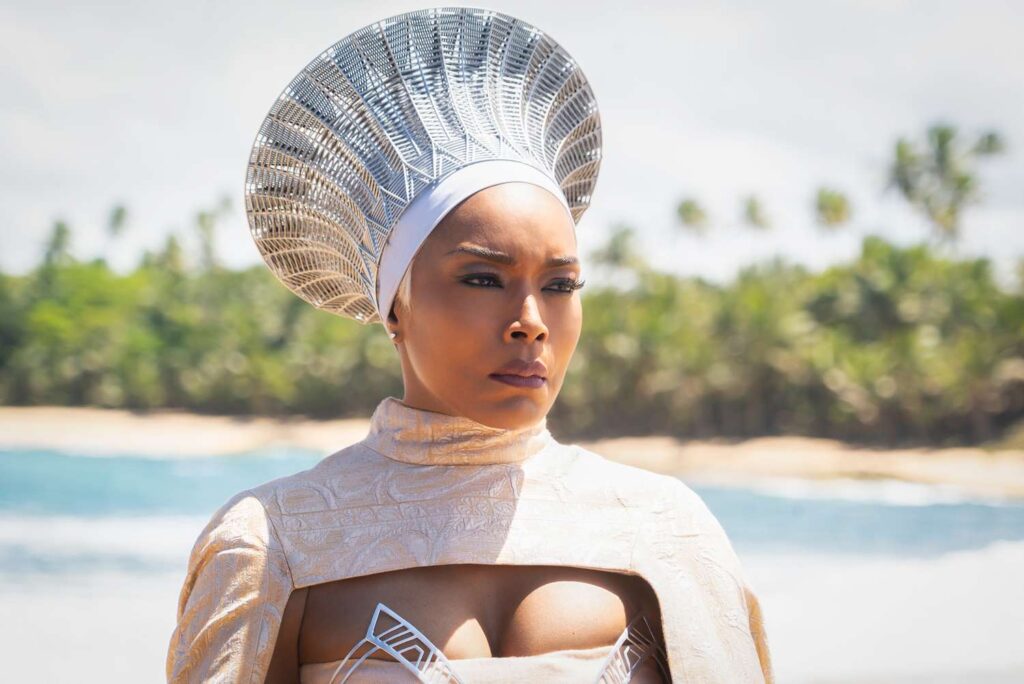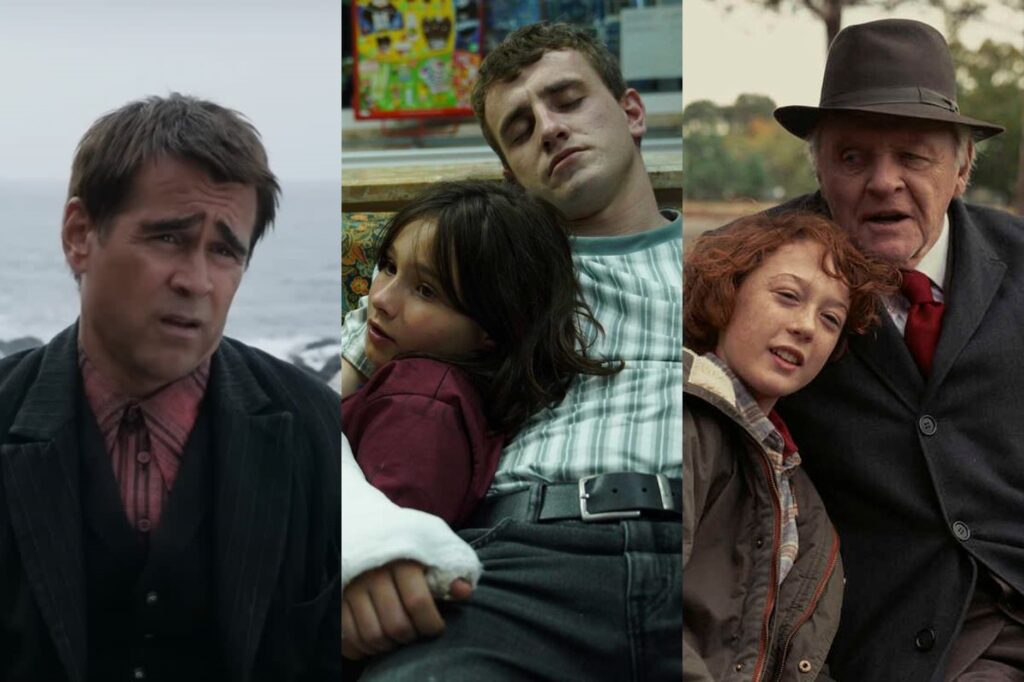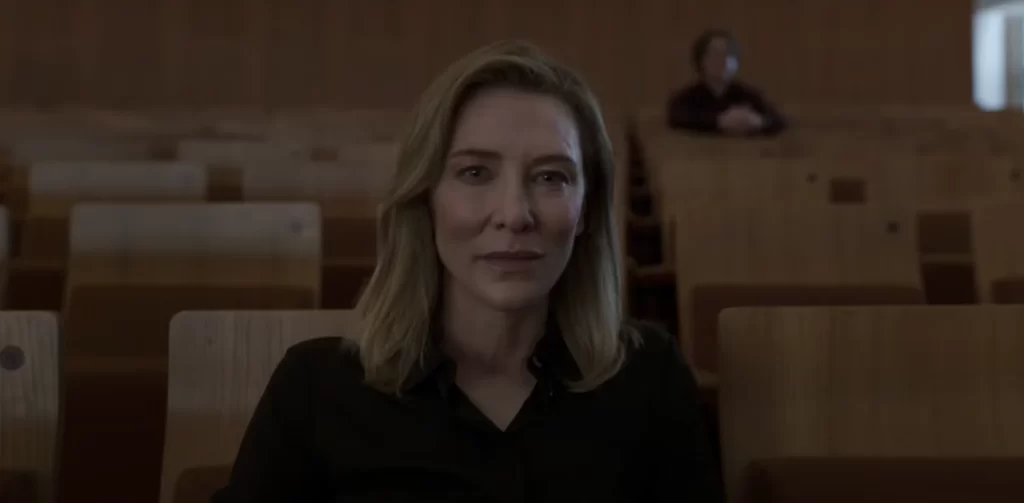The Menu: Till Chef Do Us Part

Nobody technically eats the rich in The Menu, even if a few splinters of bone marrow make their way onto some dinner plates. But the movie, which was directed by Mark Mylod from a script by Seth Reiss and Will Tracy, plainly has an appetite for first-world destruction. This makes it a familiar dish—a sizzling satire of upper-crust vulgarity whose recent forebears include the hide-and-seek thriller Ready or Not and the yachting misadventure Triangle of Sadness. Yet while The Menu may be rooted in a recognizable recipe, it nevertheless mixes its customary ingredients with shrewdness and flair. It doesn’t introduce new flavors to your palette, but it’s plenty tasty all the same.
If these metaphors seem indecent, just wait until you meet the movie’s characters. The opening act introduces a coterie of pompous oafs, all of whom have paid an outrageous fee to travel by boat and dine at an exclusive island restaurant called Hawthorn. They include a pretentious food critic (Janet McTeer) and her sycophantic editor (Paul Adelstein), a has-been actor (John Leguizamo) and his exasperated assistant (Aimee Carrero), three insufferable finance bros (Rob Yang, Mark St. Cyr, and Arturo Castro) who surely would’ve founded FTX if only they’d had the chance, an elderly couple (Reed Birney and Judith Light) who are among the establishment’s most loyal regulars, and a foodie named Tyler (Nicholas Hoult) who slurps oysters with the zeal of a child opening Christmas gifts. Fatted lambs who just may be buying a ticket for their own proverbial slaughter, these snobs carry themselves with an air of entitlement that instantly make them unsympathetic—creatures of obscene privilege and even greater self-regard. Read More




